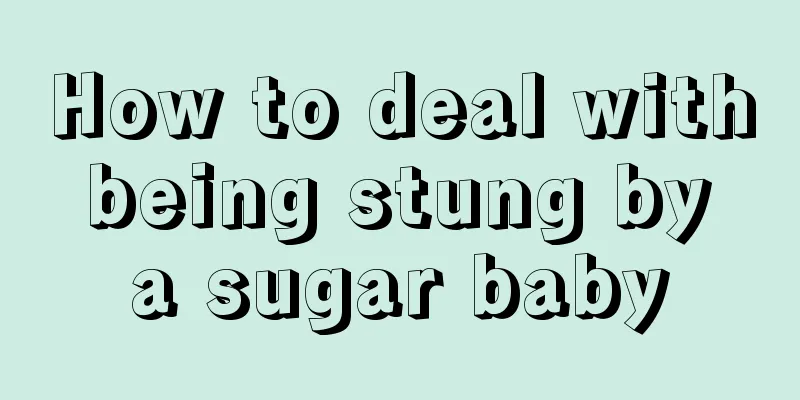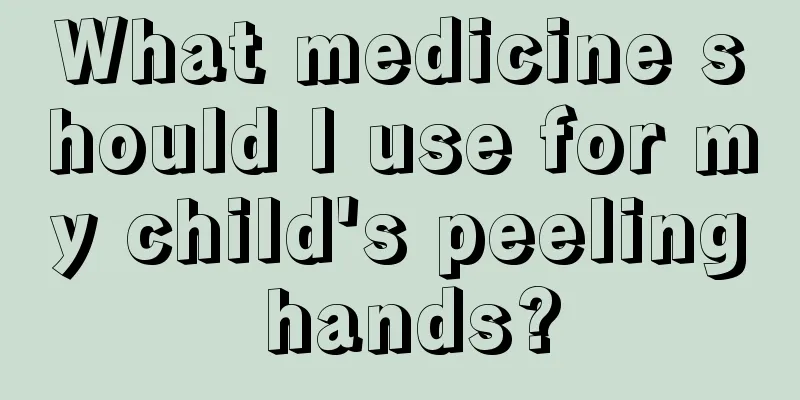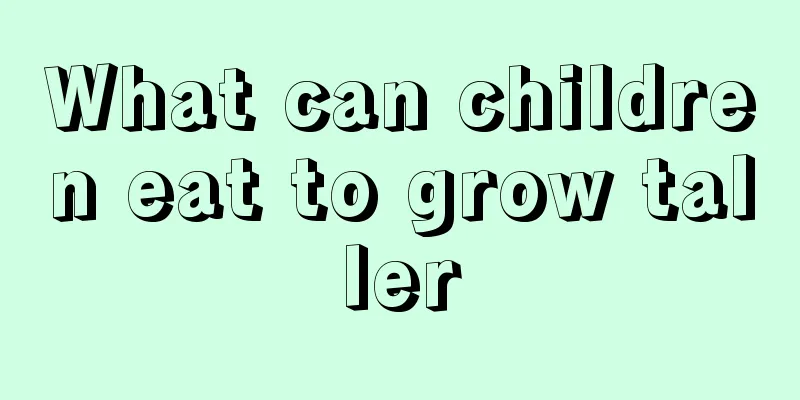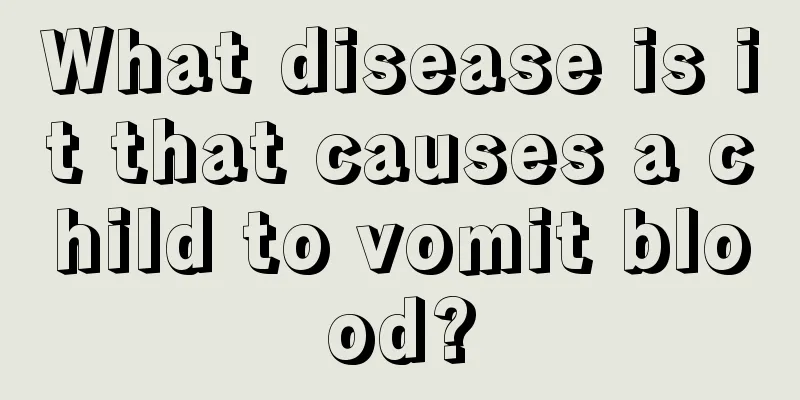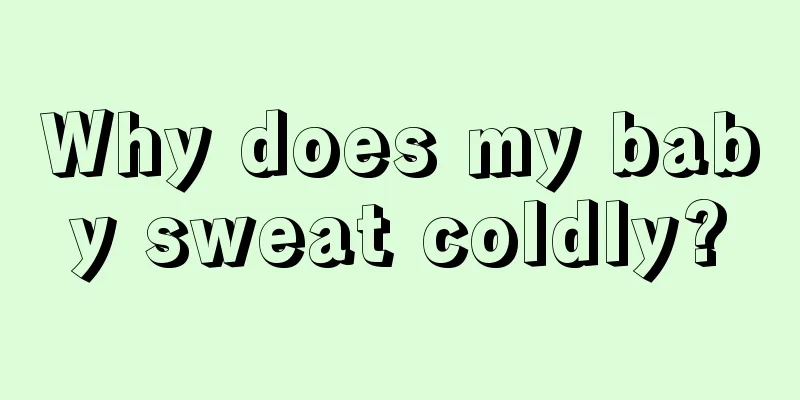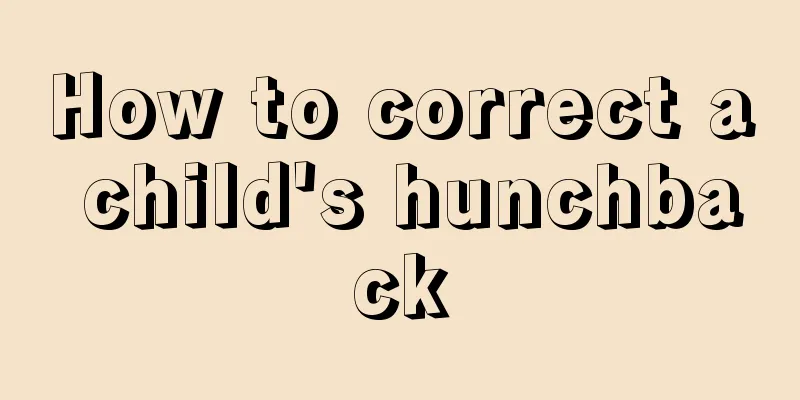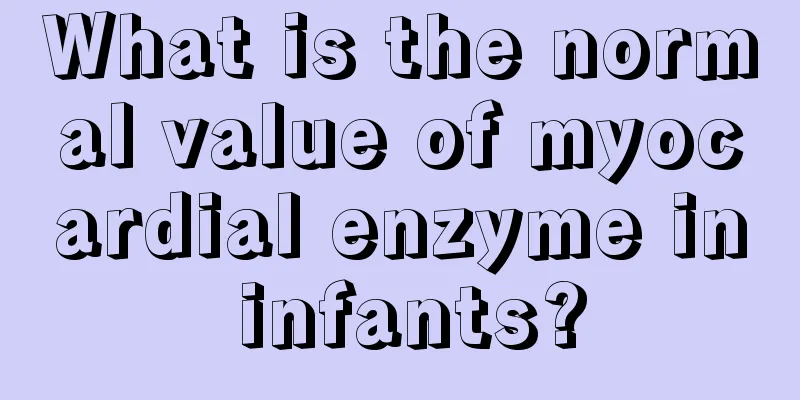What should be done if children have enlarged inferior turbinate?
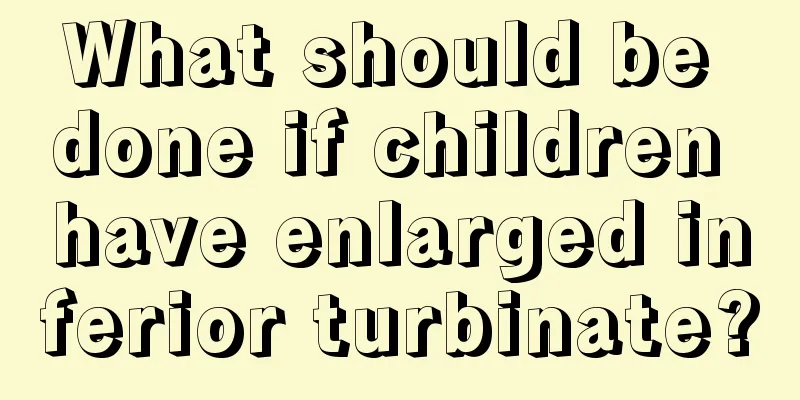
|
The nose is an important and indispensable organ in our respiratory system. Turbinate hypertrophy is a common nasal inflammation, which is caused by edema of the nasal concha, resulting in blockage of the nasal cavity. This type of disease is also common in children. Children are in the growth period, so the treatment of diseases is very important. So, how should we choose the treatment method for children with inferior turbinate hypertrophy? Which method is correct? Let’s take a look at it together below! Previous methods for treating inferior turbinate hypertrophy, such as freezing, laser, microwave, and partial inferior turbinate resection surgery, have destroyed the normal structure of nasal mucosa and turbinate hypertrophy and affected the physiological function of the nasal cavity. With the gradual understanding and attention paid to the physiological functions of the nasal cavity, inferior turbinate surgery should continue to move towards the goal of "protecting the function of the inferior turbinate while reducing it to the optimal volume." (i) The use of vasoconstrictor nasal drops is limited to mild cases. (ii) Submucosal sclerosing agent injection of the inferior turbinate. Its mechanism of action is that after the sclerosing agent is injected, a local chemical inflammatory reaction can occur, producing scar tissue, reducing the volume of the turbinate and improving ventilation. (iii) Submucosal electrocoagulation of the thickened mucosal tissue under the inferior turbinate causes the scar to shrink. (iv) Cryosurgery involves placing a specially made cryotherapy head on the surface of the inferior turbinate to freeze the area for 1 to 2 minutes each time, causing the diseased mucosa to necrotize, fall off, and regenerate. (V) Surgical treatment: For nasal concha hypertrophy, Chinese patent medicine can be the first choice, and the compound Tongqiaozhi.liusan can be used for conservative treatment with good results. If drug treatment is ineffective, surgical treatment can be considered, such as DNR low-temperature plasma ablation. Under the action of low temperature, it can ablate the enlarged turbinate lesions without damaging the normal turbinate mucosal tissue, thereby achieving the treatment goal. The working principle of the plasma cryoablation treatment system is to form a thin plasma layer between the electrode and the tissue. The ions in the layer are accelerated by the electric field and transfer energy to the tissue. At low temperatures (40℃~70℃), the molecular bonds between cells are opened, and the cells in the target tissue are decomposed into carbohydrates and oxides, causing liquefaction and ablation of the diseased tissue, which is called plasma (not thermal effect), thereby achieving the effect of reducing the volume of scar tissue. The above is the expert’s answer to the question of what causes enlarged inferior turbinate in children and how to treat it. It is hoped that patients with this phenomenon can go to the hospital as soon as possible to find out the cause and type of the disease and seek medical attention early. Do not think that this is just a minor illness and ignore it. In many cases, this idea is often wrong. |
<<: Which department should children with ADHD see?
>>: Why do premature babies have colds and nasal congestion?
Recommend
How can children improve their intelligence? This is how a genius baby is made
A child's brain development determines his in...
How to teach children sex education
Sex is a difficult topic around us. The main reas...
What to do if a three-month-old baby bites his lower lip
Generally speaking, children have little autonomy...
What is happening when my child has blue circles under his eyes?
Babies are always the treasure of the family. If ...
Children love to kick the quilt
Because babies are very unstable when they are yo...
Why does my one-year-old baby have hard black stools?
Feces is actually the residue in the human intest...
Do all babies need cod liver oil supplements?
Children's health is an issue that every pare...
What happens when children develop millet-sized bumps?
If your child develops small bumps the size of mi...
What to do if your child's face is scratched
We all know that children's skin is particula...
What is the common sense of spring health care for young children?
Young children have very weak constitutions and p...
How to reduce baby’s fever?
Fever in babies is a common phenomenon and is wha...
How to remove birthmarks
Many newborn babies may be found to have birthmar...
What to do if teenagers have trouble sleeping?
Teenagers are in the period of growing and studyi...
What is the reason for the yellow-green stool of the newborn baby?
As an obstetrician and gynecologist, I come into ...
There is secretion on the baby's underwear
When taking care of a female baby, parents must p...
